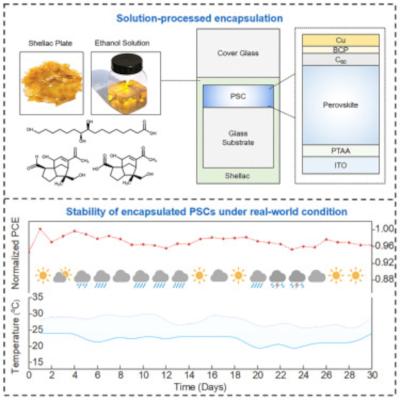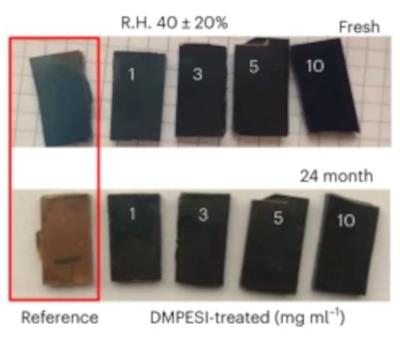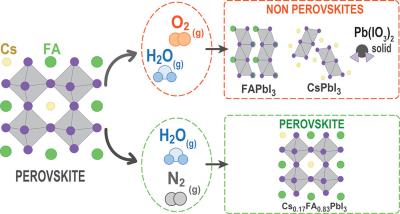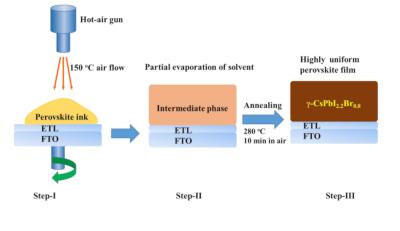Researchers achieve efficient and stable tin–lead perovskite photoconversion devices using dual-functional cathode interlayer
Researchers at Ulsan National Institute of Science and Technology (UNIST) and Korea University have reported efficient, stable tin–lead halide perovskites (TLHP)-based PV and photoelectrochemical (PEC) devices containing a chemically protective cathode interlayer—amine-functionalized perylene diimide (PDINN). Their work may advance the commercialization of perovskite solar cells (PSCs) and have potential in green hydrogen production technology, ensuring long-term operation with high efficiency.
The presence of inherent ionic vacancies in tin-lead halide perovskites (TLHPs) has posed challenges, leading to accelerated device degradation through inward metal diffusion. To address this challenge, the research team developed the chemically protective cathode interlayer using amine-functionalized perylene diimide (PDINN). By leveraging its nucleophilic sites to form tridentate metal complexes, PDINN effectively extracts electrons and suppresses inward metal diffusion.





